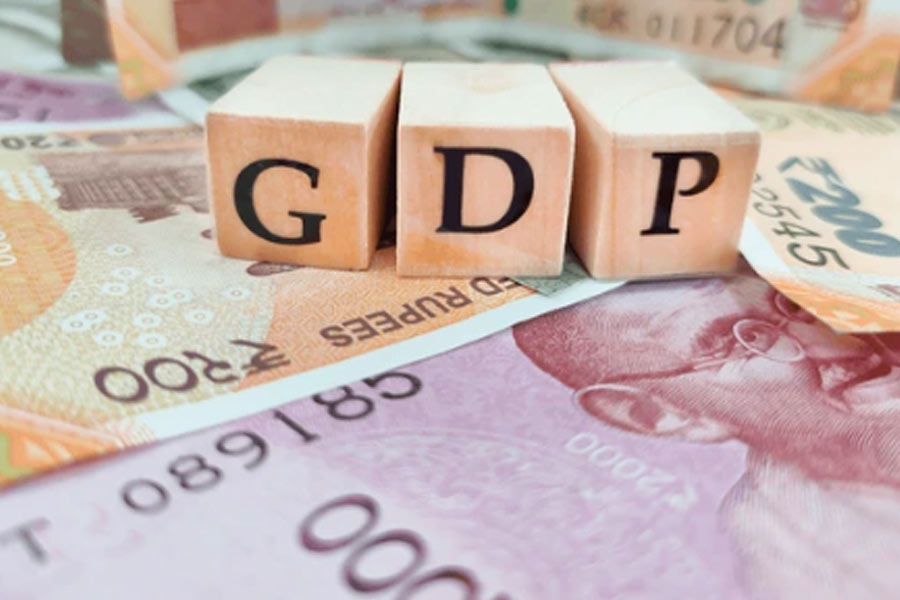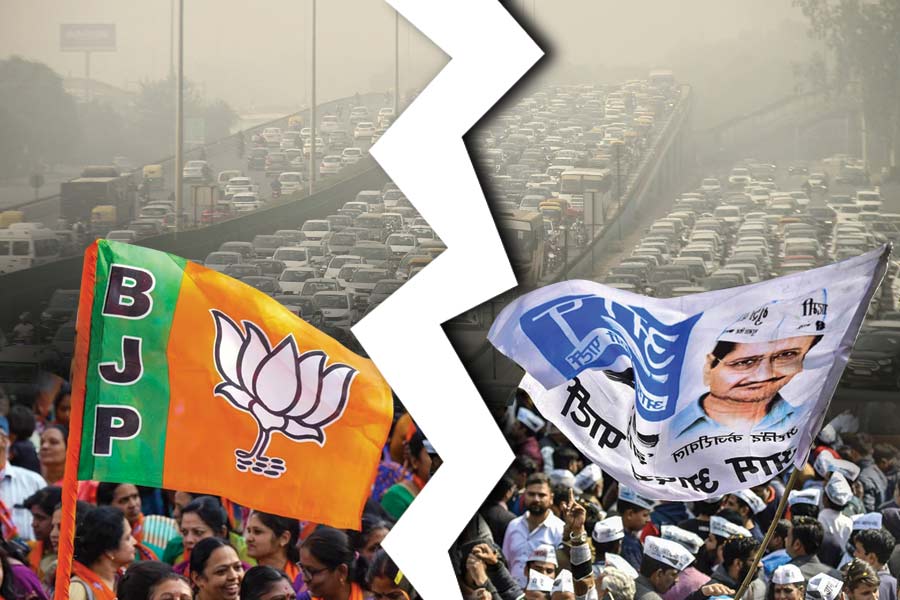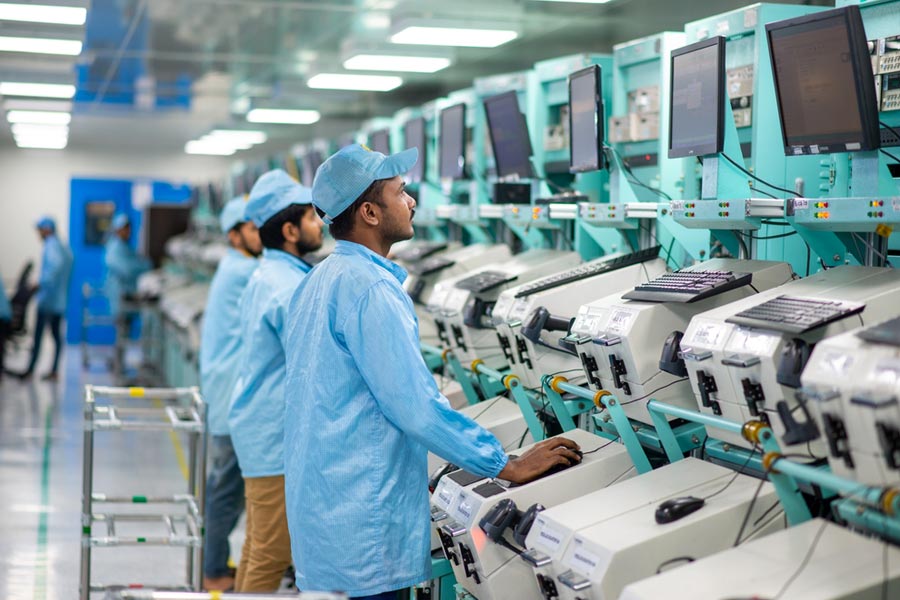India’s economic growth is projected to decelerate to 6.4 per cent in the fiscal year 2024-25, marking its weakest pace in four years, according to government data released on Tuesday. The slowdown, driven by weaker performance in manufacturing and services sectors, reflects headwinds both domestically and globally.
The National Statistics Office (NSO) estimates fall short of the Reserve Bank of India’s (RBI) projection of 6.6 per cent and the finance ministry’s target range of 6.5 per cent-7 per cent.
This sharp decline from the 8.2 per cent growth recorded in the previous fiscal year underscores mounting challenges for policymakers.
At 6.4 per cent, the anticipated growth rate would be the slowest since the pandemic-induced contraction of 5.8 per cent in 2020-21.
After a sharp rebound to 9.7 per cent in 2021-22, growth has gradually moderated, reflecting slowing momentum in key sectors.
The manufacturing sector is expected to grow at just 5.3 per cent in 2024-25, significantly lower than the 9.9 per cent recorded in the previous year. Similarly, services, which include trade, hotels, and transportation, are projected to expand by 5.8 per cent, down from 6.4 per cent in 2023-24.
On a brighter note, the agricultural sector is forecast to recover strongly, with growth accelerating to 3.8 per cent from 1.4 per cent in the prior year, supported by favourable monsoon conditions and improved rural demand.
Economists, however, caution that even the 6.4 per cent projection might be optimistic. “To achieve this, GDP growth will need to accelerate to 6.8 per cent in the second half of the fiscal year, which seems ambitious given prevailing economic headwinds,” said Anubhuti Sahay, economist at Standard Chartered Bank.
Demand watch
Private Final Consumption Expenditure (PFCE), a key driver of the economy, is projected to grow by 7.3 per cent in 2024-25, recovering from 4 per cent in the previous fiscal year. This rebound is attributed to rising rural demand, supported by improved agricultural incomes and moderating food inflation. However, urban consumption remains sluggish amid high interest rates and slower retail credit growth.
Investment demand is also softening. Gross Fixed Capital Formation (GFCF) is expected to grow by 6.4 per cent, down from 9 per cent in 2023-24, reflecting subdued private sector activity and delayed public investment. “General elections have likely dampened government capital spending in the first half of the year,” said Dharmakirti Joshi, Chief Economist at Crisil.
India’s growth outlook is further clouded by external factors, including geopolitical uncertainties and weaker global trade. Merchandise exports grew by just 2.2 per cent during the April-November period, while services exports, although relatively resilient, faced challenges from tighter global financial conditions.
The slowdown has intensified calls for monetary easing. With inflation showing signs of moderation, expectations are rising that the RBI may adopt a more accommodative stance in its February policy meeting.
“The government’s subdued growth forecast will increase pressure on the RBI to cut interest rates,” said Madhavi Arora, economist at Emkay Financial Services.
The industrial sector, particularly mining and manufacturing, continues to struggle with weak global demand and high input costs. While the services sector — accounting for over half of GDP — remains a key growth driver, its expansion has slowed.
“Trade, hotels, and transportation are growing at 5.8 per cent, down from 6.4 per cent last year, indicating softer consumer sentiment,” said Suman Chowdhury, chief economist at Acuité Ratings.
The upcoming Union budget is expected to address growth and fiscal challenges through measures aimed at boosting infrastructure spending and job creation. However, fiscal discipline will remain critical.
“The budget must prioritise capex while ensuring fiscal discipline. Reviving private sector investment is key to sustaining growth,” said Paras Jasrai, senior economist at India Ratings.
Economists are cautiously optimistic about a modest recovery in 2025-26, with GDP growth projected at 6.5 per cent-6.7 per cent, contingent on favourable domestic and global conditions.











